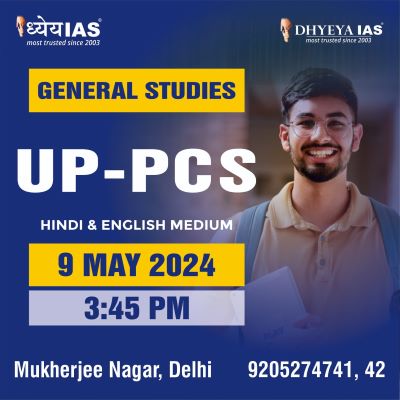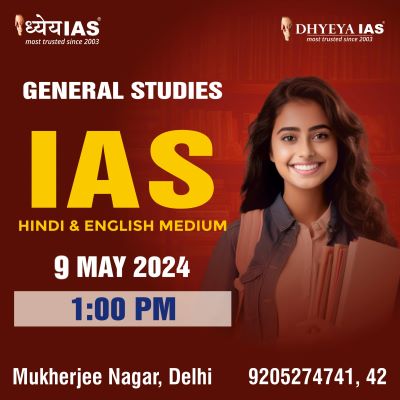(Daily News Scan - DNS English) Virtual Currency: Removal of Ban by Supreme Court
On 4th of March, the Supreme Court has lifted a ban by the Reserve Bank of India on Banks and other financial institutions from dealing with virtual currency (crypto currency) holders and exchanges. With this notification of the Supreme Court, Crypto currencies companies are expected to refresh their investment plans and expand business in India. The three judge bench took this decision on the grounds of proportionality test.
In this DNS we will know about virtual currency, why was it banned and the highlights of the judgment.
In a circular of 2018, The RBI had banned banks from dealing with virtual currency. This step was taken on the grounds that these currencies had no underlying fiat.
Fiat money is the government issued currency that is not backed by a physical commodity such as gold or silver.
The Indian virtual currency was stagnant following the April 2018 notification prohibiting banking channels for transaction of virtual currencies or crypto currencies.
Now let us know what virtual currencies are.
Firstly there is no specific definition of virtual currency. But to understand it in simple terms, it can be defined as an electronic representation of monetary value. This is generally issued, managed and controlled by private issuers, developers etc.
Virtual currencies include crypto currency, which has an extra layer of security in form of encryption algorithms. Virtual currency is an umbrella term for all forms of non-fiat currency traded online. Most of the crypto currency operates on the blockchain technology, which allows everyone on the network to keep track of the transactions occurring globally.
The RBI initially indicated its concerns on trade and use of this currency. Risks and concerns about data security and consumer protection and far-reaching potential impact on the effectiveness of monetary policy itself on the other hand, also had the RBI worried about virtual currencies. In one of the arguments in Supreme Court the RBI said it did not want these virtual currencies spreading like contamination, and hence, in the larger public interest, asked banks not to deal with people or exchanges dealing in these non-fiat currencies.
The RBI prohibited banks and other financial institutions concerned with it from dealing in virtual currencies. The petitioners, who included virtual currency exchanges operational in the country, told the Supreme Court that the RBI action was outside its limit as the non-fiat currency was not a currency as such. They also argued that the action was too harsh and there had been no studies conducted either by the RBI or by the central government. It was argued that the ban was solely on “moral grounds. As per the petitioners RBI should have adopted a wait-and-watch approach, as taken by other regulators such as the Directorate of Enforcement or the Securities and Exchange Board of India.
The ban did not pass the proportionality test. The test of proportionality of any action by the government, the court held, must pass the test of Article 19(1)(g), which states that all citizens of the country will have the right to practice any profession, or carry on any occupation or trade and business. The RBI could not come up with a stand to prove any loss or adverse effects suffered by the entities directly or indirectly on account of virtual currency exchange.
The verdict by The Supreme Court removes the arbitrariness of regulatory actions without disregarding the power of RBI to regulate.























